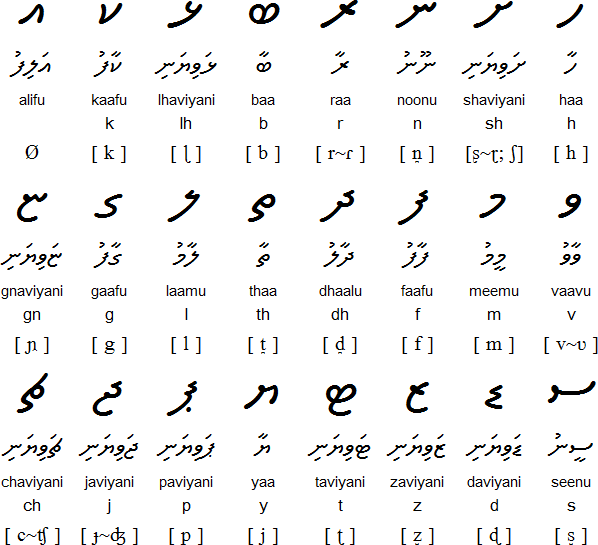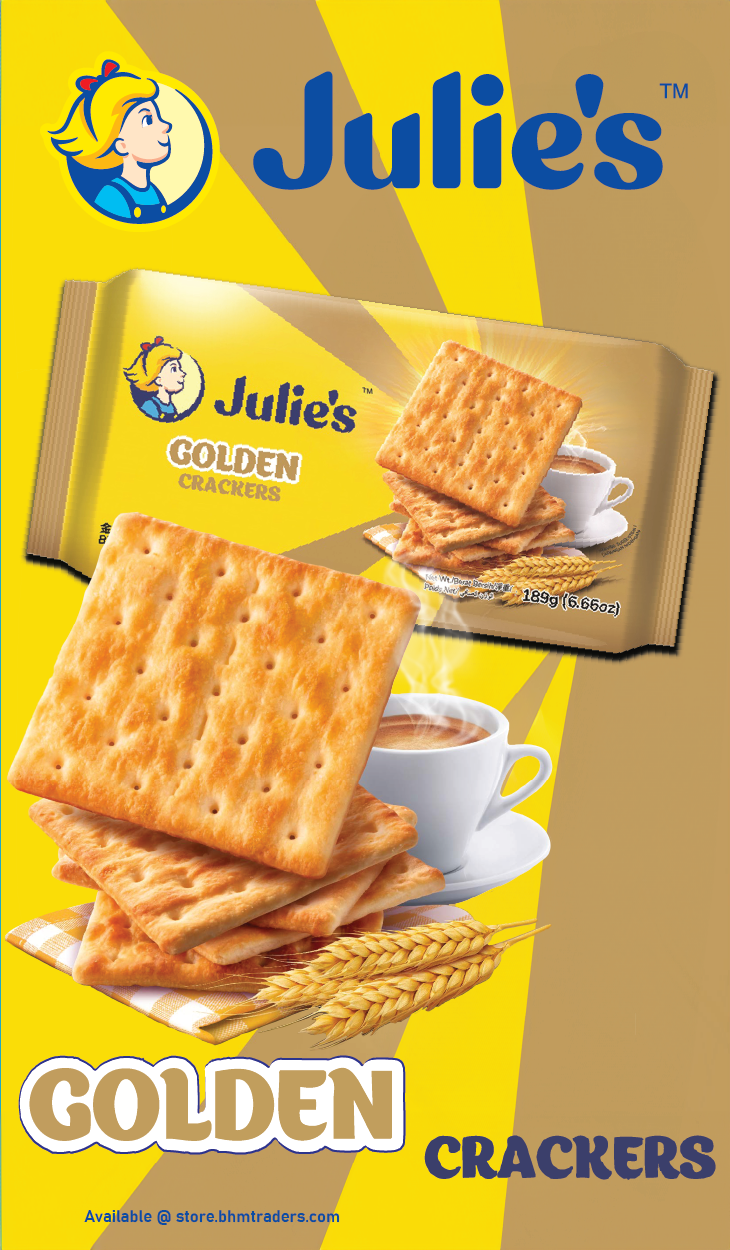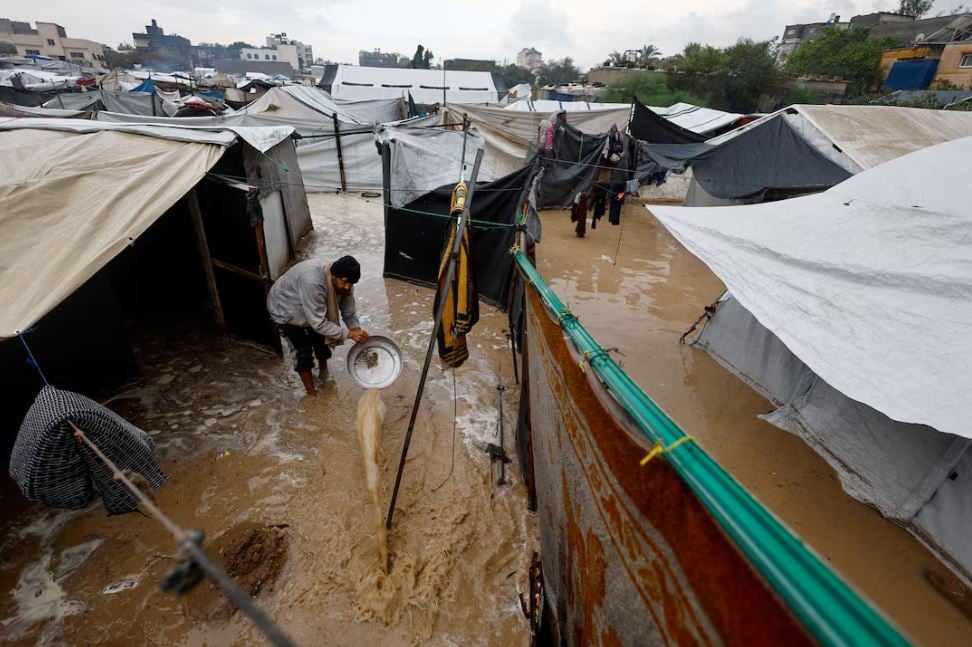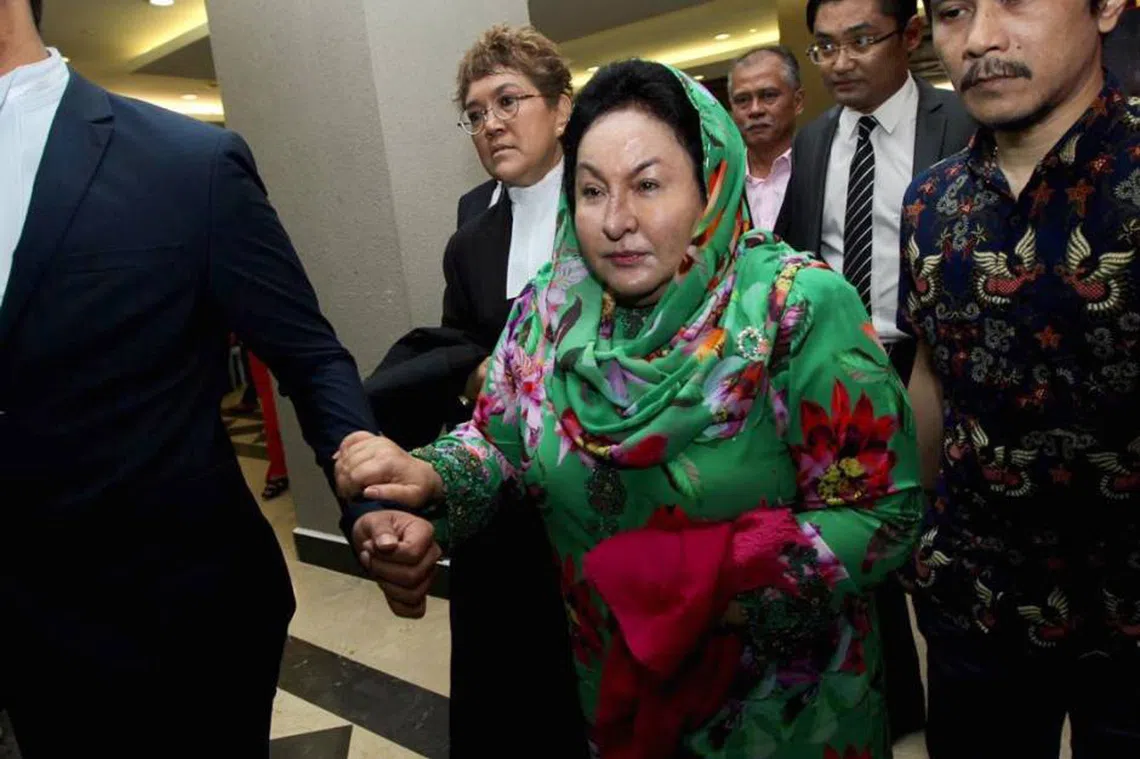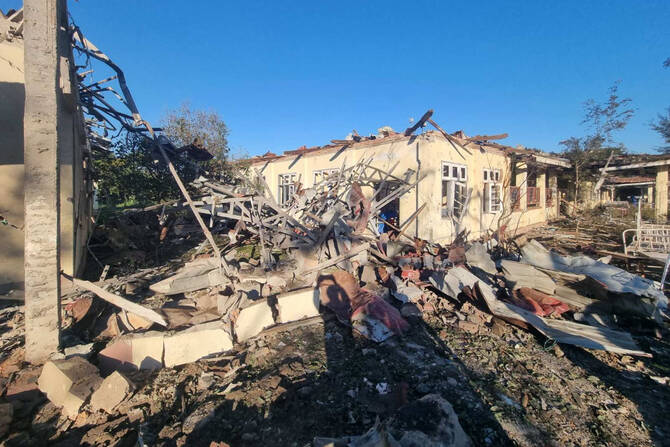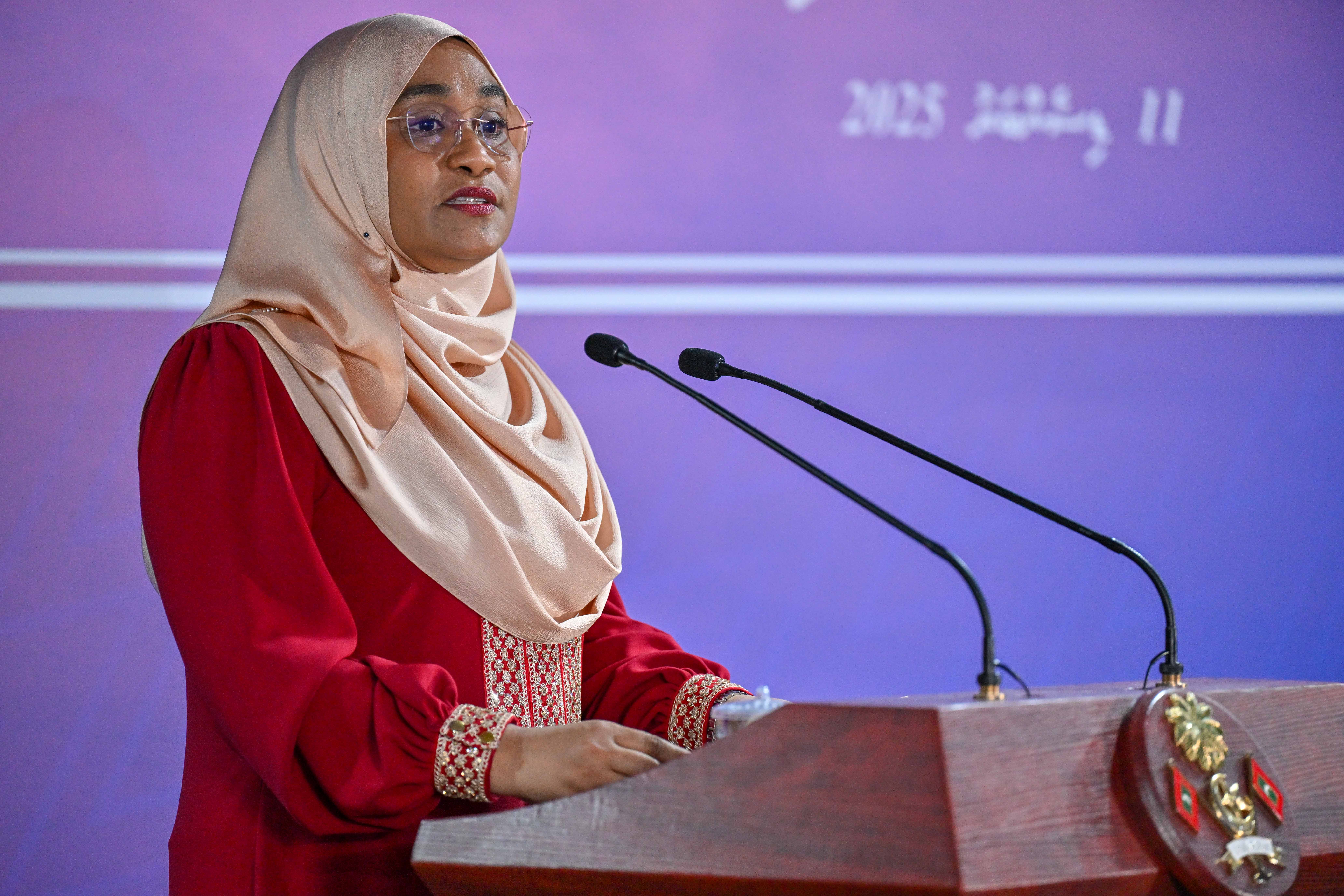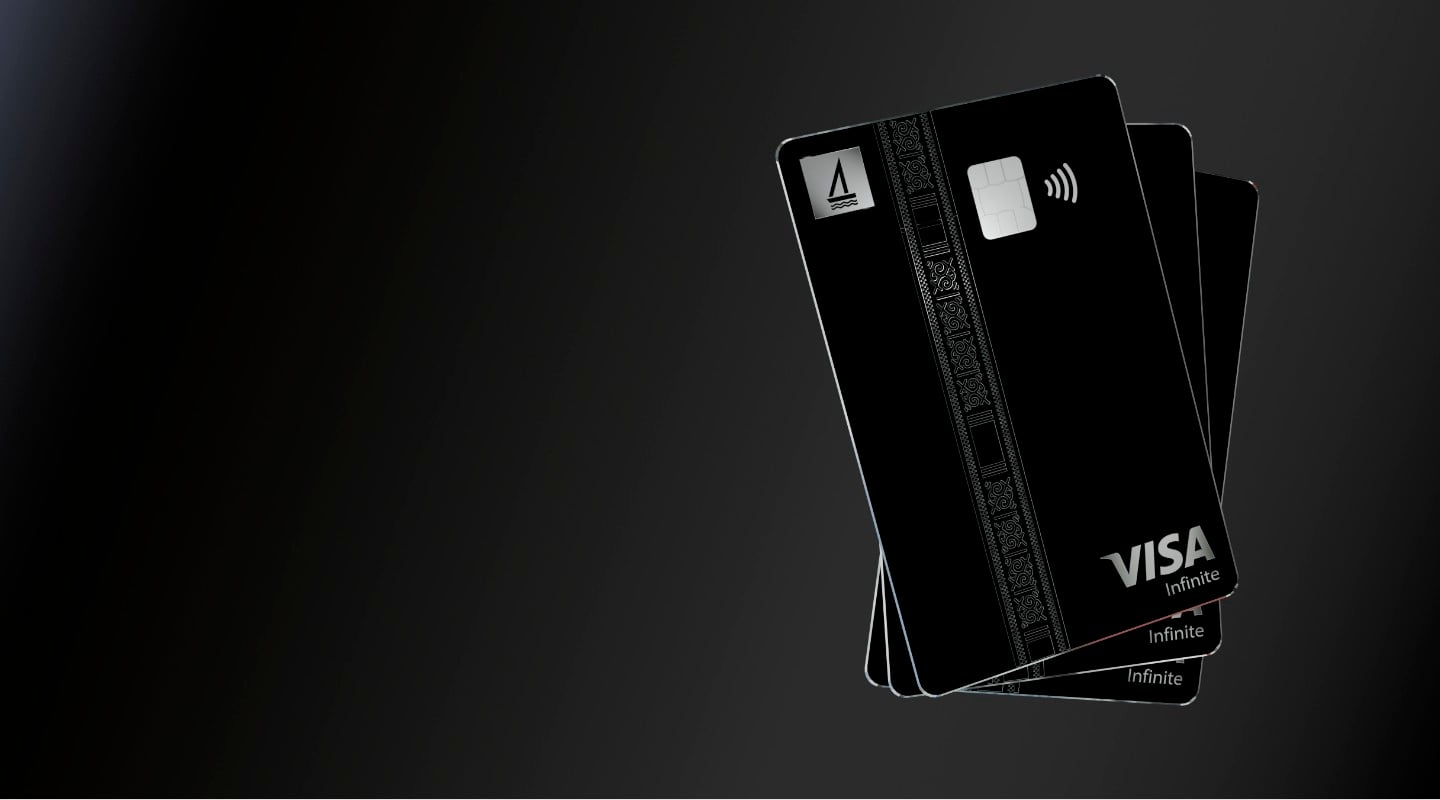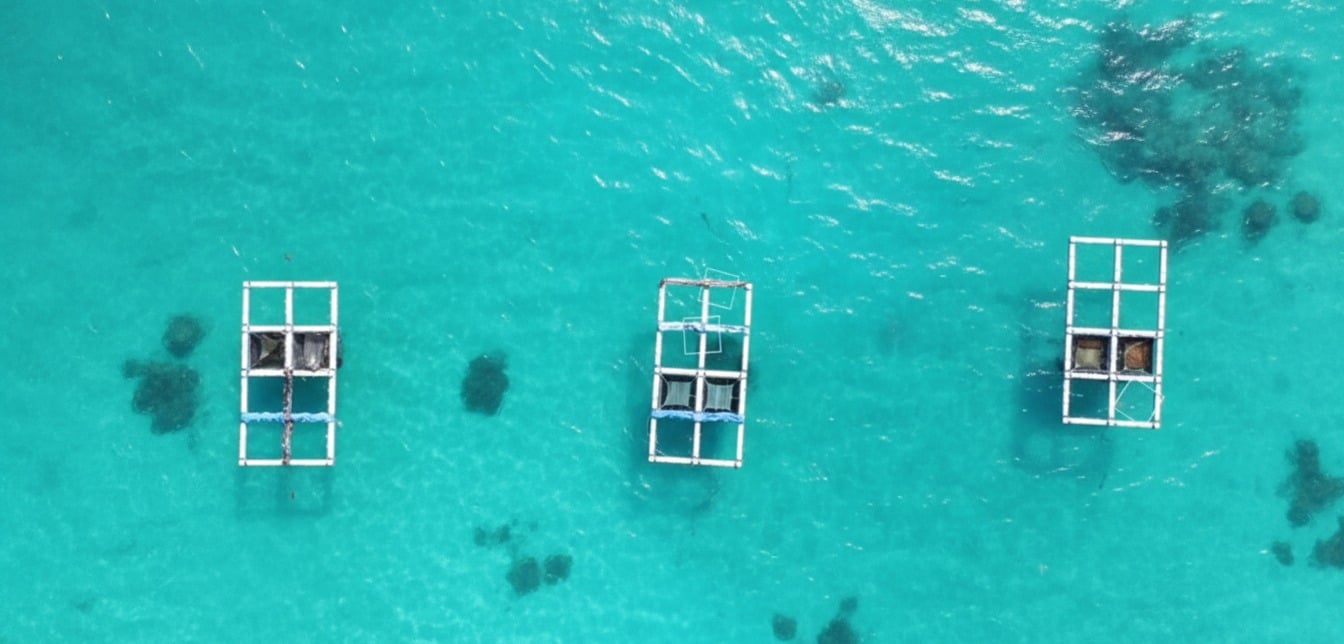The country’s primary language is Dhivehi. Interestingly enough, Dhivehi is a unique mixture of Arabic, English, Hindi, Sinhalese and Urdu. Hence it is similar to many of the languages spoken in North India, South East Asia, and Sri Lanka.
Maldivian language is an Indo-Aryan language of the Sinhalese-Maldivian subfamily. It developed in relative isolation from other languages until the 12th century. Since the 16th century, Maldivian has been written in a unique script called Thaana which is written from right to left, like those of Aramaic and Arabic (with which it shares several common diacritics for vowel sounds). The earliest writings from the Maldives were on the lōmāfānu (copper-plate grants) of the 12th and 13th centuries. Early inscriptions on coral stone have also been found.
Due to the wide distribution of the islands, differences in pronunciation and vocabulary have developed during the centuries. The mainstream Maldivian dialect (bahuruva) is known as Malé dialect and is based on the dialect spoken in the capital of the Maldives, Malé.The most divergent dialects of the language are to be found in the southern atolls, namely Huvadhu, Fuvahmulah and Addu. Slighter variants are spoken in Haddhunmathi.
The Maldivian language has had its own script since very ancient times, most likely over two millennia, when Maldivian Buddhist monks translated and copied the Buddhist scriptures. It used to be written in the earlier form (Evēla) of the Dhives Akuru ("Dhivehi/Maldivian letters") which are written from left to right. Dhives Akuru were used in all of the islands between the conversion to Islam and until the 18th century.
Maldivian is now written using a different script, called Taana or Thaana, written from right to left. This script is relatively recent.
Maldivian uses mainly the Thaana script for writing. It is an alphabet, with obligatory vowels derived from the vowel diacritics of the Arabic abjad. It is a largely phonemic script: With a few minor exceptions, spelling can be predicted from pronunciation, and pronunciation from spelling.
Of course, since tourism is a major industry in the country, almost all popular international languages such as English, German, Italian, Spanish and Japanese are widely spoken, especially at the hotels and resorts. Most travelers will easily find someone who can communicate with them fluently.
Maldivian language is an Indo-Aryan language of the Sinhalese-Maldivian subfamily. It developed in relative isolation from other languages until the 12th century. Since the 16th century, Maldivian has been written in a unique script called Thaana which is written from right to left, like those of Aramaic and Arabic (with which it shares several common diacritics for vowel sounds). The earliest writings from the Maldives were on the lōmāfānu (copper-plate grants) of the 12th and 13th centuries. Early inscriptions on coral stone have also been found.
Due to the wide distribution of the islands, differences in pronunciation and vocabulary have developed during the centuries. The mainstream Maldivian dialect (bahuruva) is known as Malé dialect and is based on the dialect spoken in the capital of the Maldives, Malé.The most divergent dialects of the language are to be found in the southern atolls, namely Huvadhu, Fuvahmulah and Addu. Slighter variants are spoken in Haddhunmathi.
The Maldivian language has had its own script since very ancient times, most likely over two millennia, when Maldivian Buddhist monks translated and copied the Buddhist scriptures. It used to be written in the earlier form (Evēla) of the Dhives Akuru ("Dhivehi/Maldivian letters") which are written from left to right. Dhives Akuru were used in all of the islands between the conversion to Islam and until the 18th century.
Maldivian is now written using a different script, called Taana or Thaana, written from right to left. This script is relatively recent.
Maldivian uses mainly the Thaana script for writing. It is an alphabet, with obligatory vowels derived from the vowel diacritics of the Arabic abjad. It is a largely phonemic script: With a few minor exceptions, spelling can be predicted from pronunciation, and pronunciation from spelling.
Of course, since tourism is a major industry in the country, almost all popular international languages such as English, German, Italian, Spanish and Japanese are widely spoken, especially at the hotels and resorts. Most travelers will easily find someone who can communicate with them fluently.





